Home>Garden Essentials>What Type Of Sand Is Used In Artificial Grass Infill
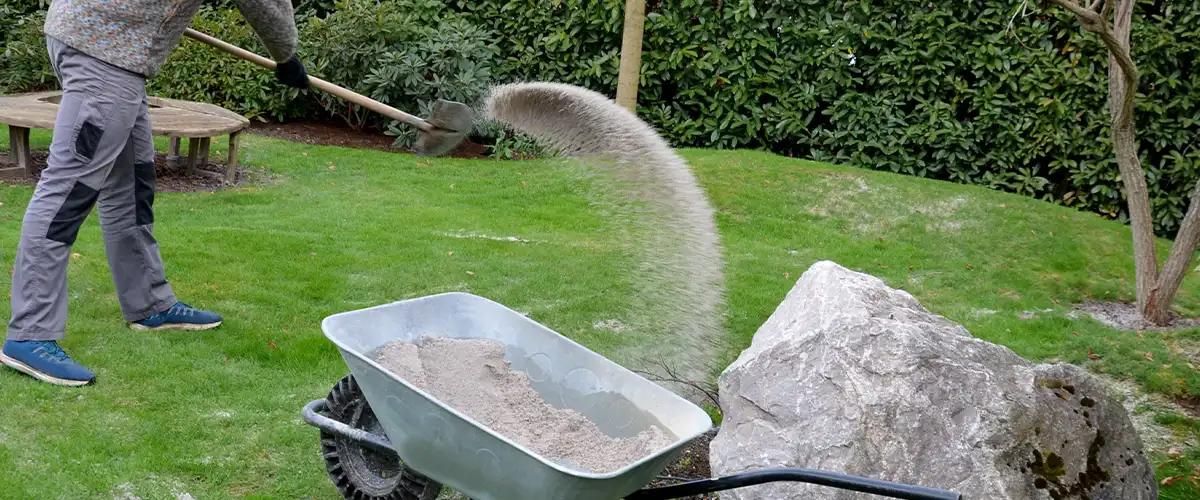

Garden Essentials
What Type Of Sand Is Used In Artificial Grass Infill
Modified: April 23, 2024
Discover the best types of sand for artificial grass infill in your garden. Learn more about the different options and find the perfect choice for your needs.
(Many of the links in this article redirect to a specific reviewed product. Your purchase of these products through affiliate links helps to generate commission for Storables.com, at no extra cost. Learn more)
Introduction
Welcome to the world of artificial grass! With advancements in technology, artificial grass has become increasingly popular in residential and commercial landscaping projects. It offers a low-maintenance alternative to natural grass, providing a lush green lawn all year round without the need for constant watering, mowing, and fertilizing.
One essential component of artificial grass installation is infill. Infill is the material used to fill the space between the blades of the synthetic turf. It adds stability to the grass, improves drainage, and enhances the overall performance and longevity of the artificial lawn.
When it comes to choosing the right infill for your artificial grass, one of the most common options is sand. Sand has been a staple in artificial grass installations for many years, providing a solid and reliable base. But not all sand is created equal, and different types of sand can yield different results.
In this article, we will explore the role of sand in artificial grass infill and discuss the various types of sand used in these installations. Whether you are a homeowner considering artificial grass for your backyard or a landscape professional looking for a better understanding of the materials used, this guide will help you make an informed decision.
Key Takeaways:
- Sand infill is crucial for artificial grass, providing stability, drainage, and shock absorption. Silica, Durafill, Envirofill, and Zeolite sands offer unique benefits, catering to specific needs and preferences.
- Choosing the right sand for artificial grass infill is essential for durability and aesthetics. Silica sand offers affordability and excellent drainage, while Durafill, Envirofill, and Zeolite sands provide durability, odour control, and environmental benefits.
Read more: What Type Of Sand For Fake Grass
Why Artificial Grass Infill is Important
Artificial grass infill plays a crucial role in the overall performance and durability of your synthetic lawn. While it may seem like an optional component, neglecting to use infill can have negative consequences.
Here are a few reasons why artificial grass infill is important:
- Enhanced Stability: Infill adds weight to the turf, helping it stay in place and resist movement. It prevents the grass from shifting or wrinkling, especially in areas with heavy foot traffic or frequent use of sports equipment.
- Improved Drainage: Proper drainage is essential for the health and longevity of your artificial grass. Without infill, rainwater or irrigation may not drain effectively, leading to puddling or water accumulation. Infill provides a permeable layer that facilitates drainage and prevents the growth of mold and bacteria.
- Reduced Compaction: Over time, the constant pressure from walking or playing on the artificial turf can cause compaction, resulting in a flat and hard surface. Infill acts as a cushioning layer, reducing compaction and maintaining the softness and resilience of the grass.
- Shock Absorption: If you have an artificial grass field used for sports activities, infill becomes even more critical. It helps absorb impact and reduces the risk of injuries by providing a cushioned surface that mimics the natural feel of real grass.
- Longevity: Artificial grass infill contributes to the overall longevity of your synthetic lawn. It helps protect the backing of the turf from excessive wear and tear, UV exposure, and extreme weather conditions. With proper infill, your artificial grass will stay in optimal condition for years to come.
Considering these benefits, it is clear that infill should not be overlooked when installing artificial grass. While there are other types of infill materials available, sand is widely used and offers a variety of advantages discussed in the following sections.
Role of Sand in Artificial Grass Infill
When it comes to artificial grass infill, sand plays a crucial role in enhancing the performance and longevity of your synthetic lawn. Here are the key roles that sand fulfills in the infill process:
- Stability: Sand infill adds stability to the artificial grass by weighing it down. It helps prevent the grass from shifting or moving, especially in high-traffic areas or during intense activities. The sand fills the spaces between the blades, anchoring them in place and providing a solid foundation for the turf.
- Improved Drainage: Sand infill promotes proper drainage in artificial grass installations. The porous nature of sand allows rainwater or irrigation to pass through, preventing water from accumulating on the surface. This helps prevent issues like puddling, which can lead to water damage and the growth of mold or bacteria.
- Shock Absorption: Sand infill provides a cushioning effect, similar to natural grass, making it ideal for sports fields or areas where physical activities are common. It helps absorb impact and reduces the risk of injuries by providing a soft, forgiving surface. This is especially important for sports like football, soccer, or rugby, where players may tumble or fall.
- Surface Temperature Regulation: Sand infill has the ability to regulate surface temperatures on artificial grass. It helps prevent the grass from becoming excessively hot in the sun, making it more comfortable for barefoot walking or play. The sand absorbs and dissipates heat, providing a cooler surface compared to non-infilled artificial turf.
- Prevention of Compaction: Sand infill prevents the artificial grass from becoming compacted over time. Regular use and foot traffic can cause the grass blades to flatten and lose their resilience. The sand acts as a supportive layer, reducing compaction and maintaining the aesthetic appeal and texture of the turf.
- Longevity: By providing stability, enhancing drainage, absorbing shock, regulating temperatures, and preventing compaction, sand infill contributes to the longevity of your artificial grass. It helps protect the backing of the turf from excessive wear and tear, UV exposure, and harsh weather conditions, ensuring that your synthetic lawn stays in optimal condition for an extended period.
As you can see, sand infill plays a multifaceted role in artificial grass installations. Its benefits go beyond just aesthetics, contributing to the overall performance, safety, and durability of your synthetic lawn.
Types of Sand Used in Artificial Grass Infill
When it comes to choosing the right sand for your artificial grass infill, there are several options available. Each type of sand offers unique characteristics and advantages, making it important to select the one that best suits your specific needs. Here are some of the most common types of sand used in artificial grass infill:
1. Silica Sand
Silica sand is a popular choice for artificial grass infill due to its affordability and widespread availability. It is derived from quartz and consists of durable, small granules that provide stability to the artificial turf. Silica sand is known for its excellent drainage properties, allowing water to flow through easily and preventing the accumulation of moisture.
Read more: What Is A Dovetail Infill Plane Used For
2. Durafill Sand
Durafill sand is a synthetic alternative to natural sand and is designed specifically for use in artificial grass installations. It is made from rounded quartz core sand coated with an antimicrobial material. Durafill sand offers excellent durability, as it does not break down or compact over time. It also provides superior odour control, making it a great option for pet-friendly artificial grass areas.
3. Envirofill Sand
Envirofill sand is another synthetic option for artificial grass infill. It is made from non-toxic acrylic-coated silica granules that are resistant to mold, mildew, and bacteria. Envirofill sand offers superior durability and is designed to last longer than traditional infill materials. It provides a safe and comfortable surface for both pets and children and helps to regulate surface temperature through its advanced heat reduction technology.
4. Zeolite Sand
Zeolite sand is a natural and eco-friendly option for artificial grass infill. It is made from volcanic minerals with high moisture-absorption properties. Zeolite sand helps to control odours by trapping and neutralizing ammonia, making it an excellent choice for pet owners. Additionally, it provides good drainage and contributes to surface cooling, creating a more comfortable outdoor environment.
These are just some of the most common types of sand used in artificial grass infill. When selecting the right sand for your synthetic lawn, consider factors such as budget, desired drainage capabilities, durability, odour control, and environmental impact. It is always recommended to consult with a professional installer or supplier to determine the best sand option for your specific project.
Silica Sand
Silica sand is a widely used option for artificial grass infill and is known for its affordability, accessibility, and performance. It is derived from quartz, a naturally occurring mineral composed of silicon and oxygen. Silica sand is processed into small granules that are used to fill the spaces between the blades of artificial turf, providing stability and support.
One of the key advantages of silica sand is its excellent drainage properties. The small granules allow water to flow through easily, preventing the accumulation of moisture on the surface of the artificial grass. This helps to maintain the integrity of the turf and prevents issues such as water logging or the growth of mold and bacteria.
Furthermore, silica sand provides stability to the artificial grass by weighing it down. The added weight helps to keep the turf in place, preventing shifting or movement, especially in areas with heavy foot traffic or intense physical activities.
Another benefit of silica sand is its durability. It does not break down or compact over time, allowing the artificial grass to maintain its original shape and appearance. This makes it a long-lasting infill option that can withstand regular use and wear with minimal maintenance.
In terms of aesthetics, silica sand offers a natural look for artificial grass installations. The small granules blend well with the turf, providing a seamless and realistic appearance. It also offers a comfortable texture underfoot, adding to the overall enjoyment of your synthetic lawn.
When using silica sand as infill, it is important to ensure proper installation. The sand should be evenly spread and brushed into the turf to achieve optimal distribution. It is also recommended to periodically groom the artificial grass to prevent any compaction and ensure the sand stays evenly dispersed throughout the lawn.
It is worth noting that while silica sand is a popular choice for artificial grass infill, there are other options available to suit different needs and preferences. If you have specific requirements or concerns, it is advisable to consult with a professional installer or supplier to determine the best infill material for your artificial grass project.
Read more: What Infill Should I Use For A Benchy
Durafill Sand
Durafill sand is a synthetic alternative used as infill for artificial grass installations. It is specifically designed to provide stability, durability, and odour control, making it a preferred choice for many homeowners and landscape professionals.
Unlike natural sands, Durafill sand is made from rounded quartz core sand that is coated with an antimicrobial material. This coating helps prevent the growth of mold, mildew, and bacteria, ensuring a cleaner and safer environment for pets and children who may come into contact with the artificial turf.
One of the key advantages of Durafill sand is its exceptional durability. It does not break down or compact over time, ensuring that the artificial grass maintains its shape, appearance, and performance even with regular use and heavy foot traffic. This can significantly extend the lifespan of your synthetic lawn.
In addition to its durability, Durafill sand also offers excellent odour control. The antimicrobial coating helps to neutralize pet odours by inhibiting the growth of bacteria that can cause unpleasant smells. This makes Durafill sand an ideal option for homeowners with pets or anyone concerned about keeping their outdoor spaces fresh and clean.
Another benefit of Durafill sand is its low maintenance requirements. Unlike natural sand, Durafill sand does not require frequent grooming or reapplication. It remains stable and intact, reducing the need for regular upkeep and ensuring your artificial grass remains in top condition with minimal effort.
Furthermore, Durafill sand contributes to a comfortable experience on your artificial grass. The rounded quartz core sand provides a soft and cushioning surface, enhancing the overall feel of the lawn and reducing the risk of injuries during physical activities or sports.
When installing Durafill sand as infill, it is important to evenly distribute and brush the material into the artificial turf. This will ensure optimal coverage and stability throughout the lawn. It is also recommended to periodically groom the artificial grass to maintain the integrity and appearance of the Durafill sand infill.
Overall, Durafill sand offers a synthetic infill option that combines durability, odour control, and low maintenance. If you are looking for a long-lasting and hassle-free infill material for your artificial grass, Durafill sand is definitely worth considering.
Envirofill Sand
Envirofill sand is a synthetic infill material specifically designed for artificial grass installations. It is made from non-toxic acrylic-coated silica granules that offer a range of benefits, making it a popular choice among homeowners and landscape professionals.
One of the key advantages of Envirofill sand is its exceptional durability. The acrylic coating on the silica granules helps prevent the material from breaking down or compacting over time. This means that your artificial grass will maintain its integrity and performance for a longer period, even with frequent use and exposure to the elements.
Envirofill sand is also renowned for its advanced heat reduction technology. The acrylic coating reflects and disperses sunlight, reducing the surface temperature of the artificial grass. This makes it more comfortable to walk on, especially on hot summer days, and helps create a cooler outdoor environment for your enjoyment.
In addition to its cooling properties, Envirofill sand provides excellent drainage capabilities. The permeable nature of the sand allows rainwater or irrigation to pass through easily, preventing water from accumulating on the surface. This helps maintain proper drainage and prevents issues such as puddling or water-logging that can be detrimental to the health and appearance of the artificial grass.
Envirofill sand also offers superior odour control. The acrylic coating on the silica granules inhibits the growth of bacteria that cause unpleasant smells. This makes it an ideal infill option for homeowners with pets, as it helps neutralize pet odours and keeps the outdoor space smelling fresh and clean.
Another benefit of Envirofill sand is its low maintenance requirements. It does not require regular reapplication or grooming, making it a hassle-free infill material. This can save you time, effort, and money in the long run, without compromising the performance or aesthetics of your artificial grass.
When installing Envirofill sand as infill, it is important to distribute it evenly and brush it into the artificial turf. This ensures proper coverage and provides optimal stability throughout the lawn. Regular grooming of the artificial grass will help maintain the integrity and appearance of the Envirofill sand infill.
Overall, Envirofill sand offers a synthetic infill option that combines durability, heat reduction, superior drainage, odour control, and low maintenance. If you are looking for a high-performance and environmentally-friendly infill material for your artificial grass, Envirofill sand is an excellent choice.
When choosing sand for artificial grass infill, look for rounded silica sand with a particle size of 0.5-1.5mm. This type of sand provides good drainage and helps to support the artificial grass fibers.
Zeolite Sand
Zeolite sand is a natural and eco-friendly infill material commonly used in artificial grass installations. It is derived from volcanic minerals and offers a range of unique benefits that make it a popular choice among homeowners and landscape professionals.
One of the key advantages of zeolite sand is its exceptional moisture absorption properties. The porous nature of the mineral allows it to absorb and trap moisture, helping to regulate the moisture levels in the artificial grass. This can be particularly beneficial in areas with heavy rainfall or high humidity, as it prevents water from accumulating on the surface and improves the overall drainage of the artificial turf.
In addition to its moisture-absorbing capabilities, zeolite sand also provides excellent odour control. It has the ability to capture and neutralize ammonia, which is often present in pet urine. This makes zeolite sand an ideal choice for pet owners, as it helps to minimize odours and maintain a fresh-smelling outdoor environment.
Zeolite sand also contributes to the cooling of artificial grass. The mineral has a natural ability to dissipate heat, which helps to lower the surface temperature of the artificial turf. This can make the grass more comfortable to walk on, especially during hot summer months, and reduce the risk of overheating or burnt feet.
Another benefit of zeolite sand is its environmentally-friendly nature. Being a natural mineral, zeolite sand is free from harmful chemicals and toxins, making it safe for children, pets, and the environment. Its natural composition also makes it bioactive, allowing beneficial microorganisms to thrive in the soil beneath the artificial grass.
When installing zeolite sand as infill, it is important to evenly distribute it throughout the artificial grass and brush it into the turf. This ensures optimal coverage and stability while maintaining the desirable properties of the zeolite sand. Periodically grooming the artificial grass will help keep the zeolite sand evenly dispersed and enhance its performance.
In summary, zeolite sand offers a natural and environmentally-friendly infill option for artificial grass installations. Its moisture absorption, odour control, heat regulation, and eco-friendly properties make it a compelling choice for those seeking a sustainable and low-maintenance infill material.
Conclusion
Choosing the right sand for your artificial grass infill is crucial for the overall performance, durability, and aesthetics of your synthetic lawn. While there are various types of sand available, each with its unique properties and advantages, selecting the appropriate infill material depends on your specific needs and preferences.
Silica sand, with its affordability and excellent drainage capabilities, remains a popular choice for artificial grass infill. It provides stability, enhances drainage, and offers a natural-looking appearance. Durafill sand, on the other hand, is a synthetic alternative with exceptional durability, odour control, and low maintenance requirements, making it an attractive option for homeowners with pets.
Envirofill sand, a synthetic infill material, excels in heat reduction, superior drainage, and eco-friendliness. Its ability to regulate surface temperature and control odours adds to the comfort and enjoyment of your artificial grass. Meanwhile, zeolite sand, a natural and moisture-absorbent infill, provides exceptional drainage, odour control, and environmental benefits. It contributes to a cooler surface and creates a healthier and fresher outdoor space.
Regardless of the type of sand used, proper installation and regular maintenance are essential to ensure optimal performance and longevity of the artificial grass infill. Evenly distributing the sand and periodic grooming of the turf will help maintain stability, drainage, and aesthetics.
In conclusion, selecting the right sand for your artificial grass infill is a crucial factor in achieving a beautiful, functional, and long-lasting synthetic lawn. Consider your specific requirements, such as drainage, durability, odour control, and environmental impact, in order to make an informed decision. Consulting with a professional installer or supplier can provide valuable guidance and ensure successful infill selection for your artificial grass project.
With the right sand infill, your artificial grass will thrive, providing you with a stunning and hassle-free outdoor space that can be enjoyed year-round.
Frequently Asked Questions about What Type Of Sand Is Used In Artificial Grass Infill
Was this page helpful?
At Storables.com, we guarantee accurate and reliable information. Our content, validated by Expert Board Contributors, is crafted following stringent Editorial Policies. We're committed to providing you with well-researched, expert-backed insights for all your informational needs.

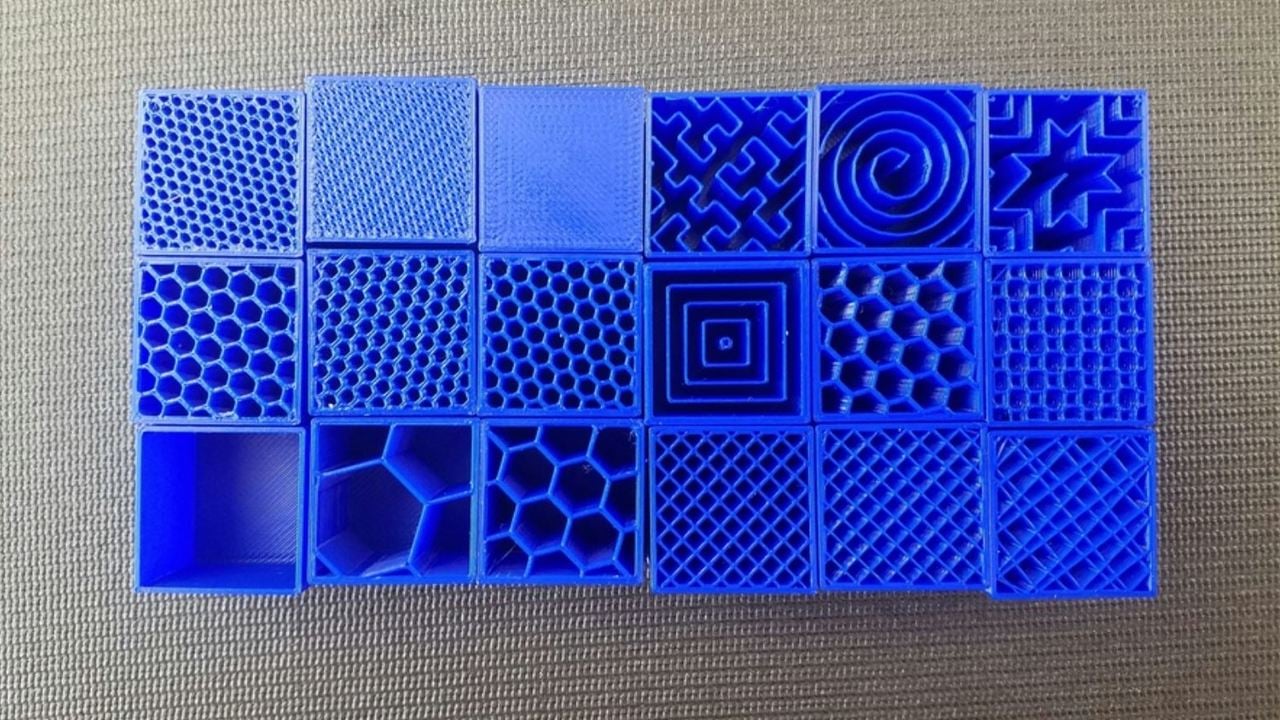
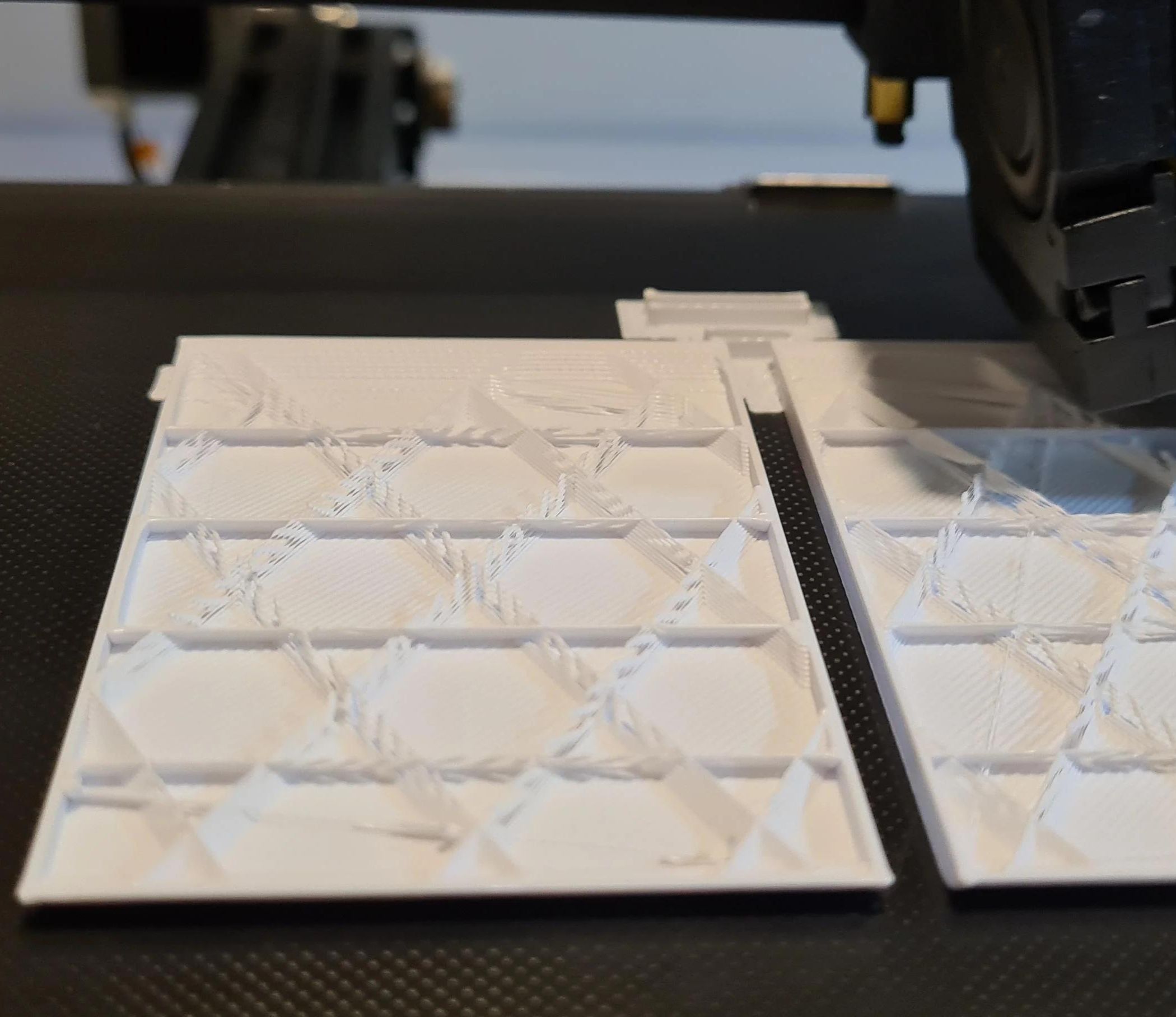
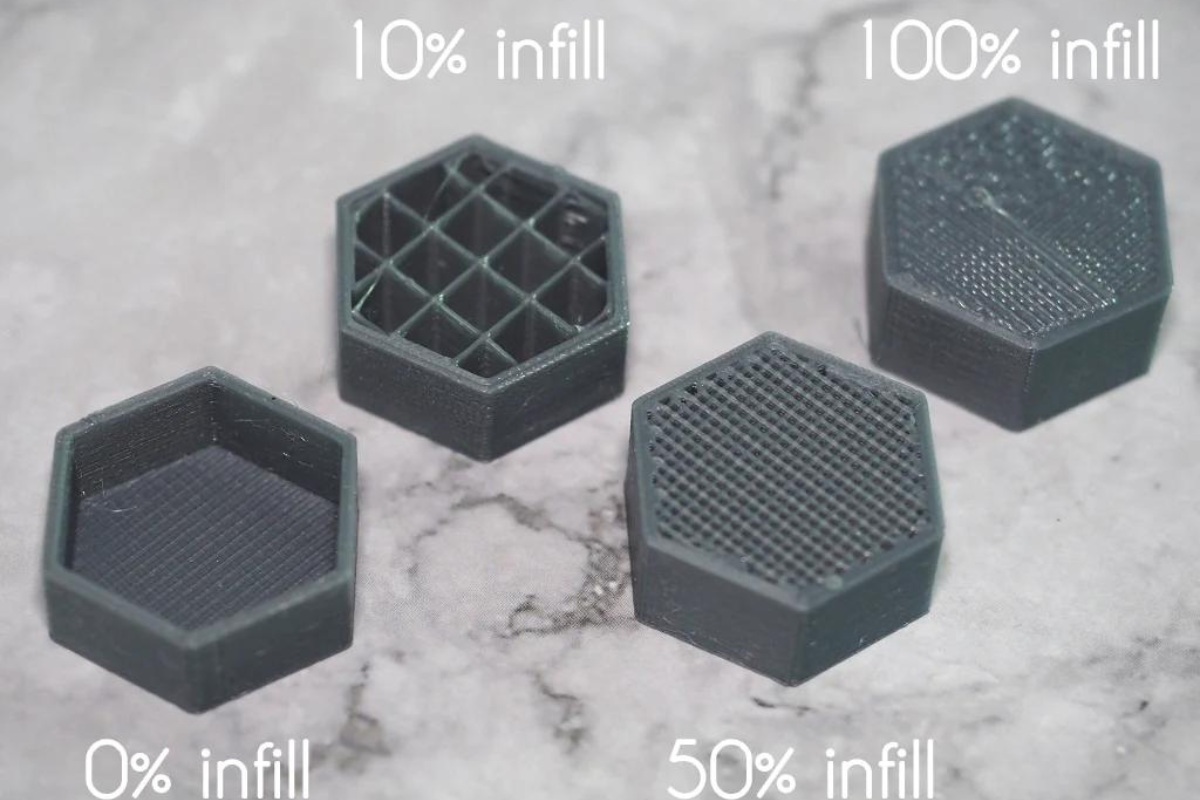
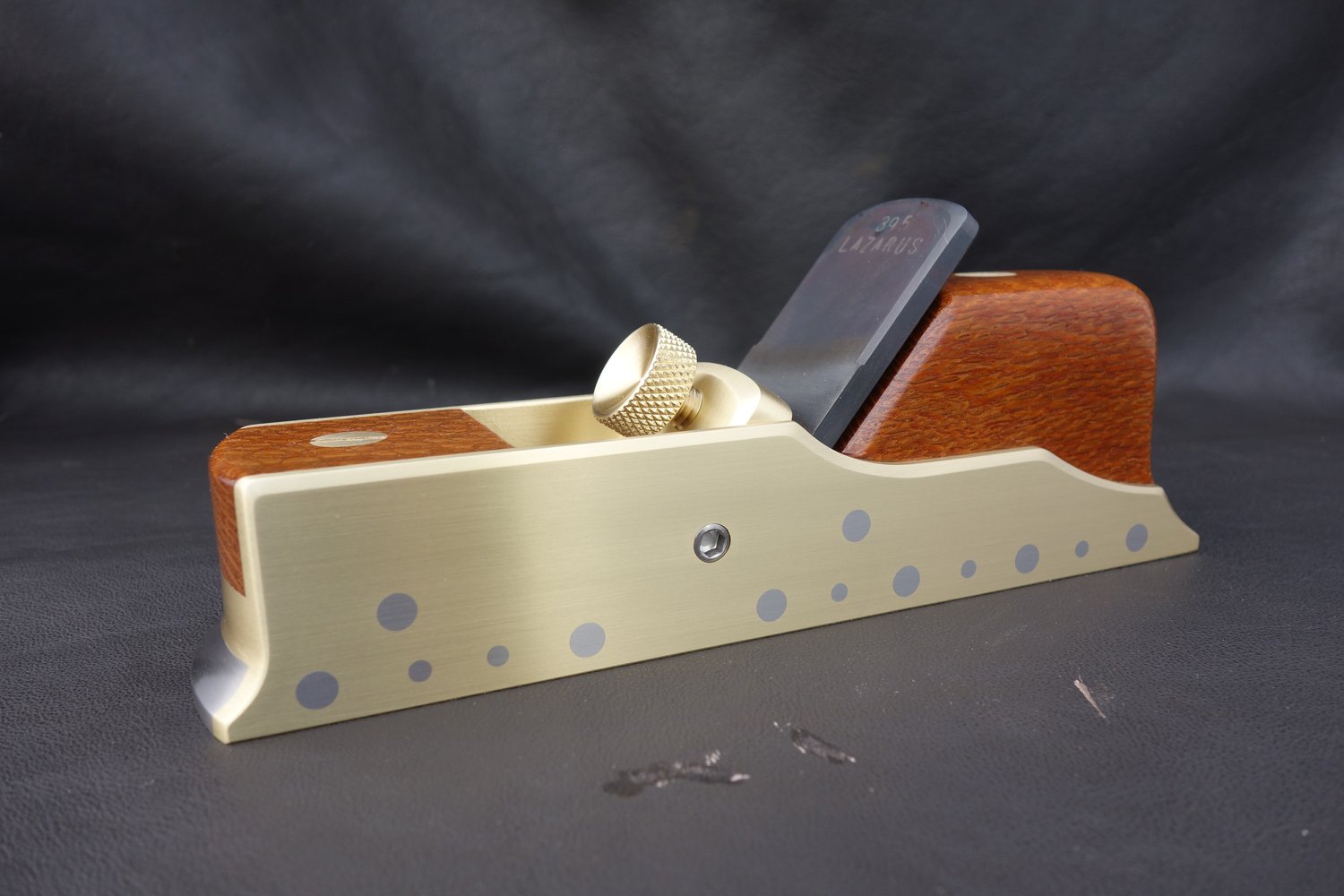
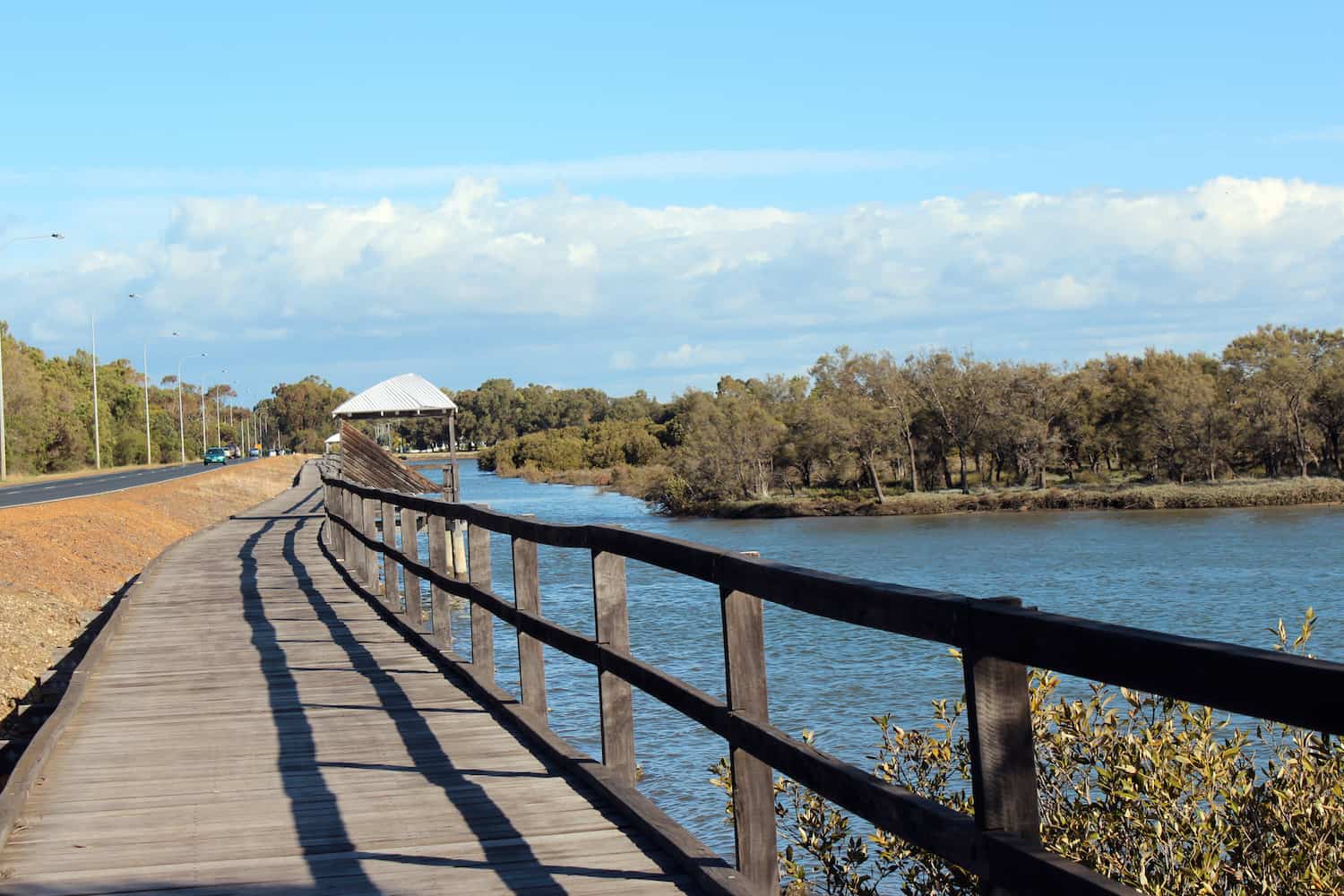

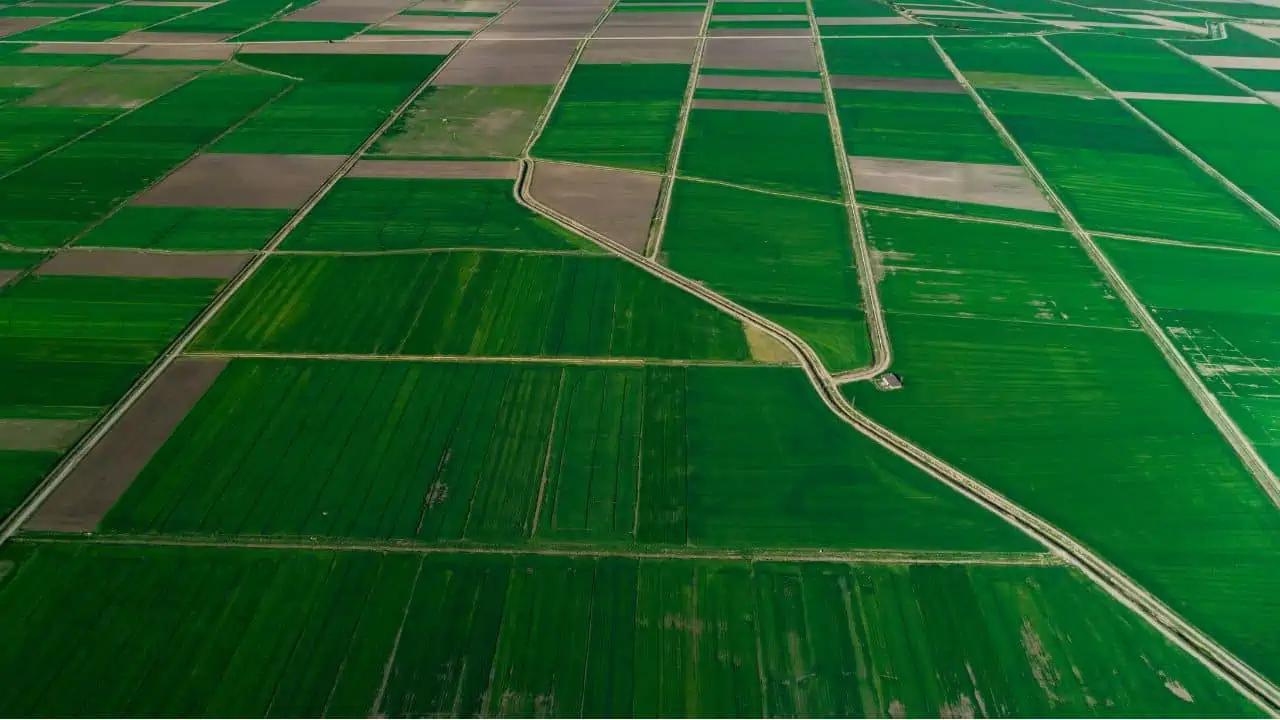
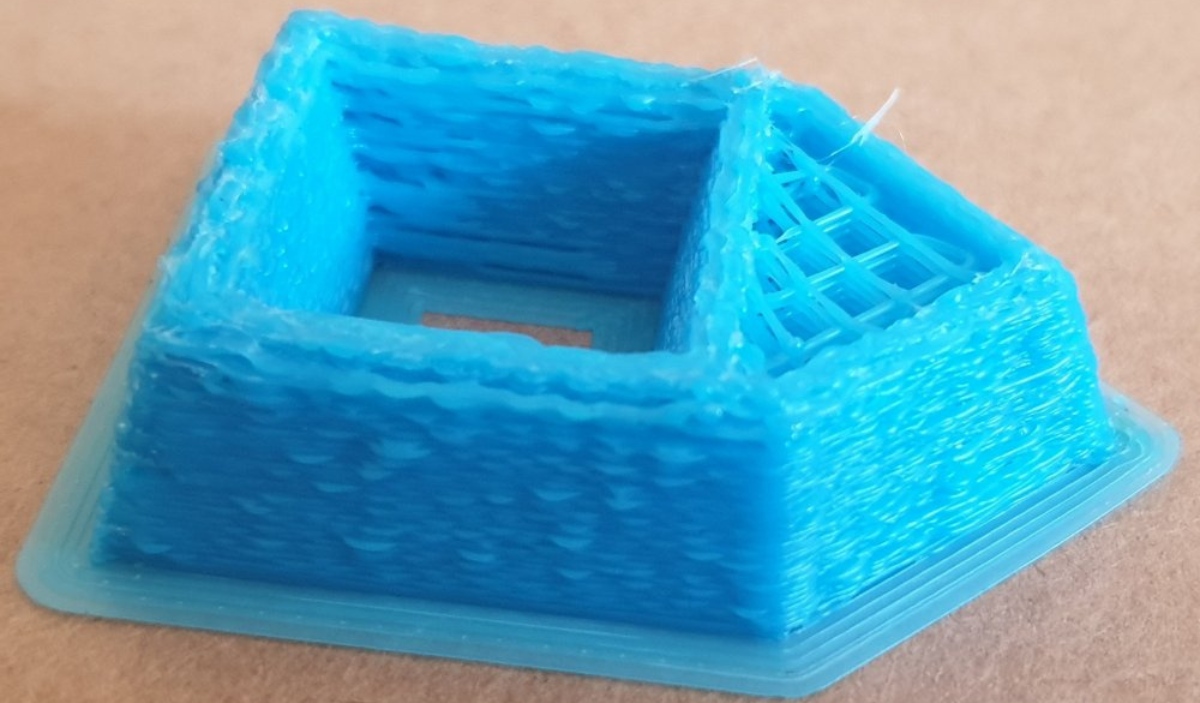
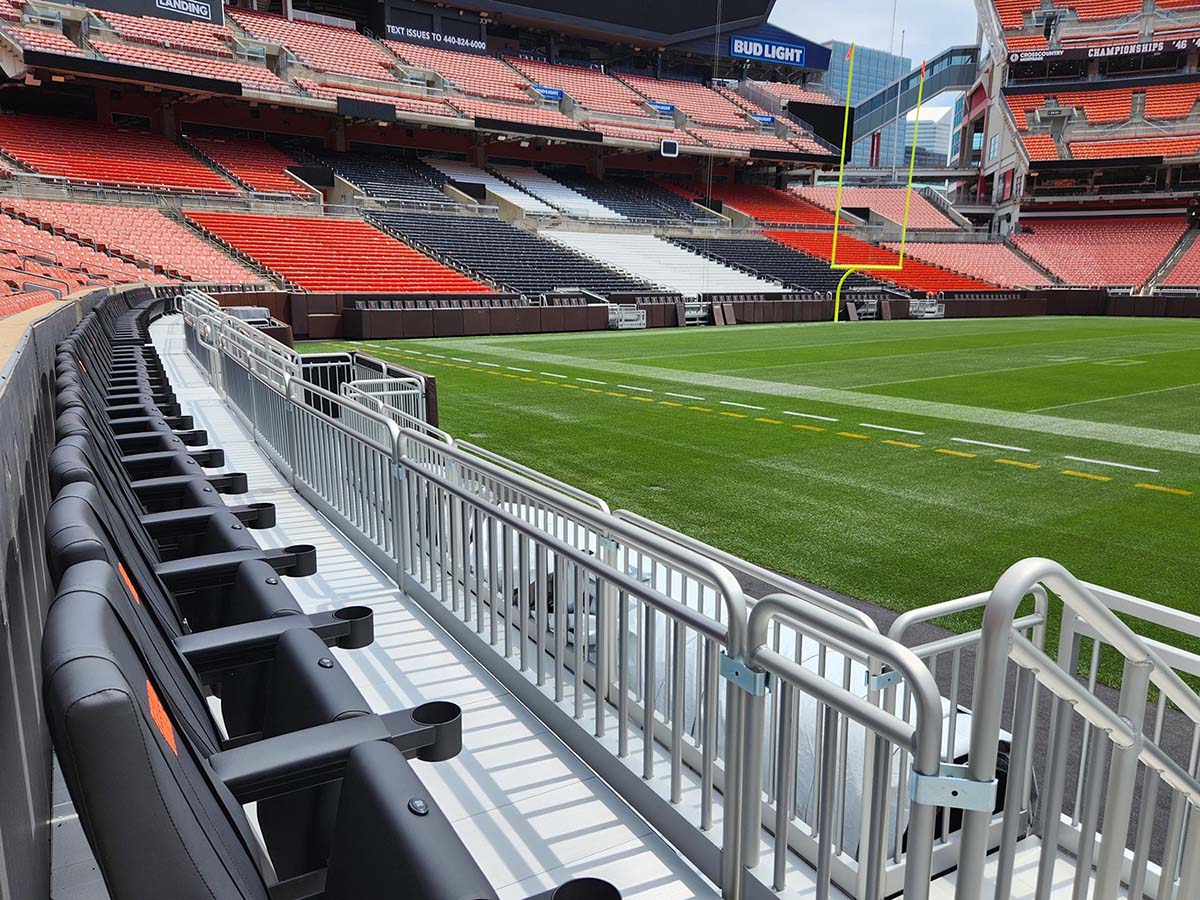
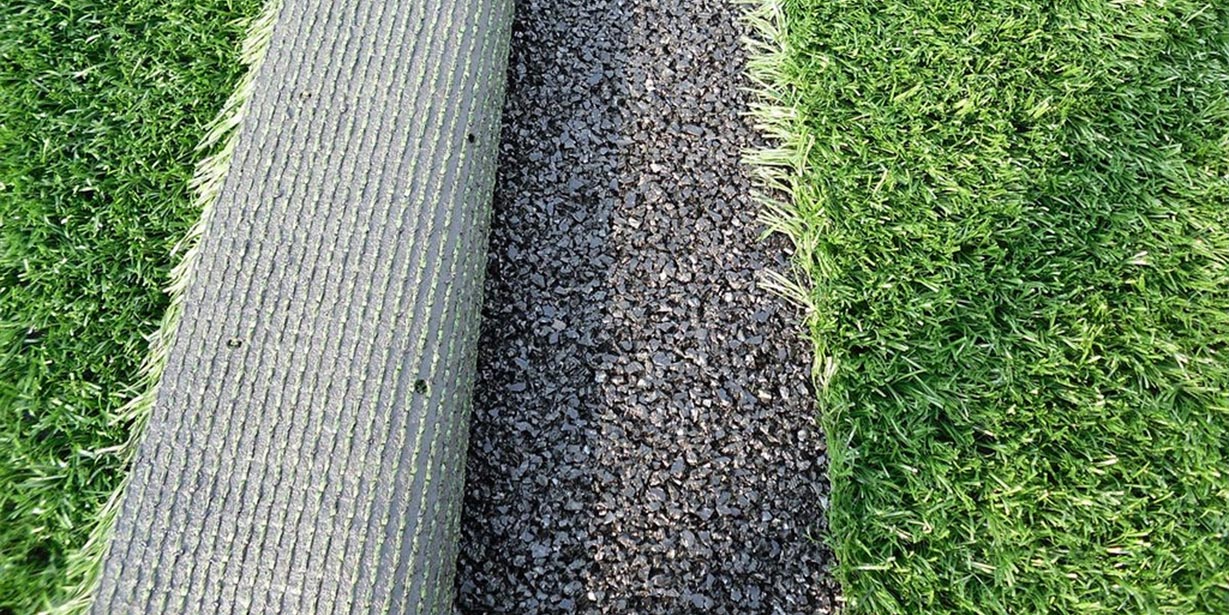
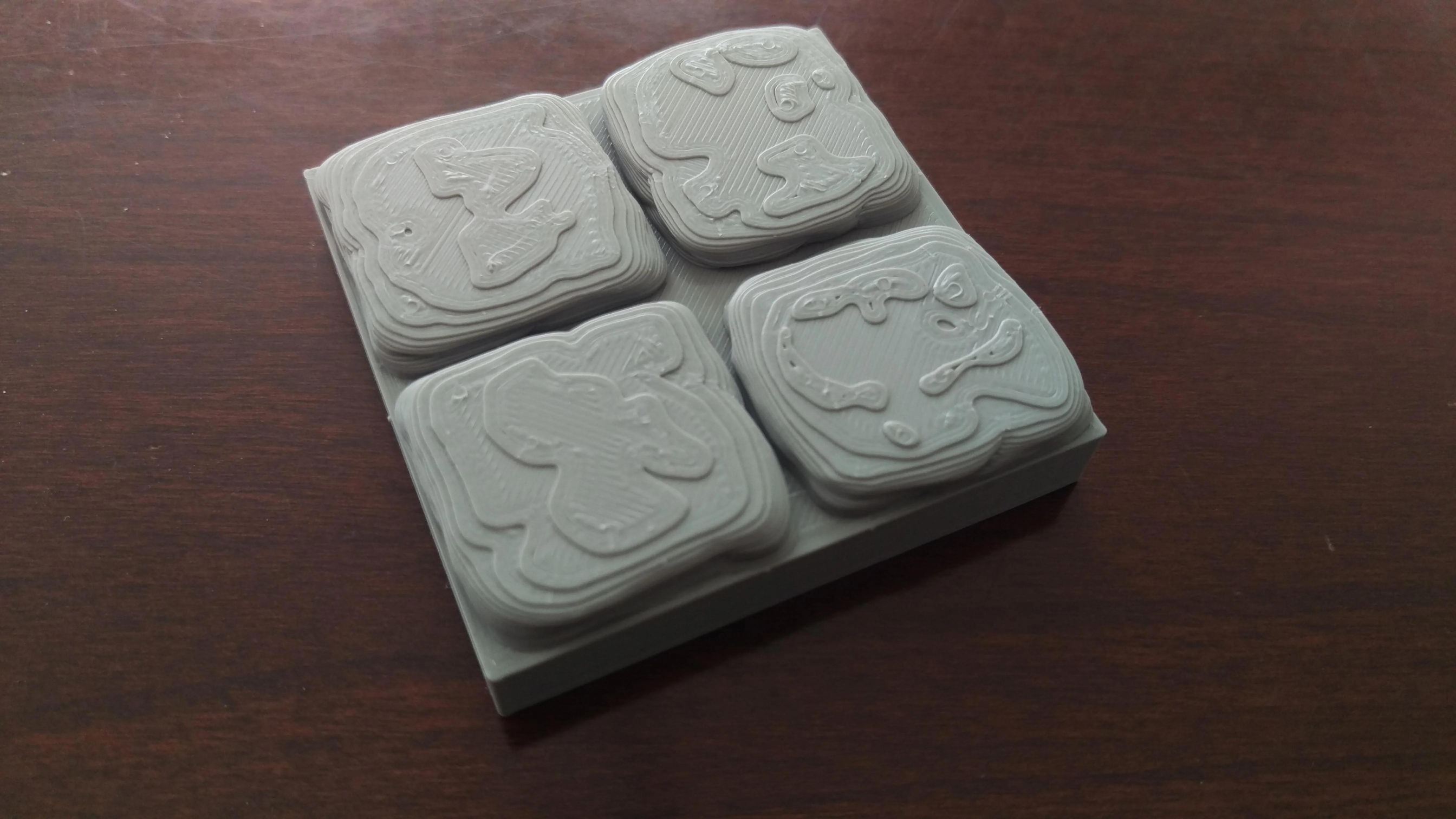
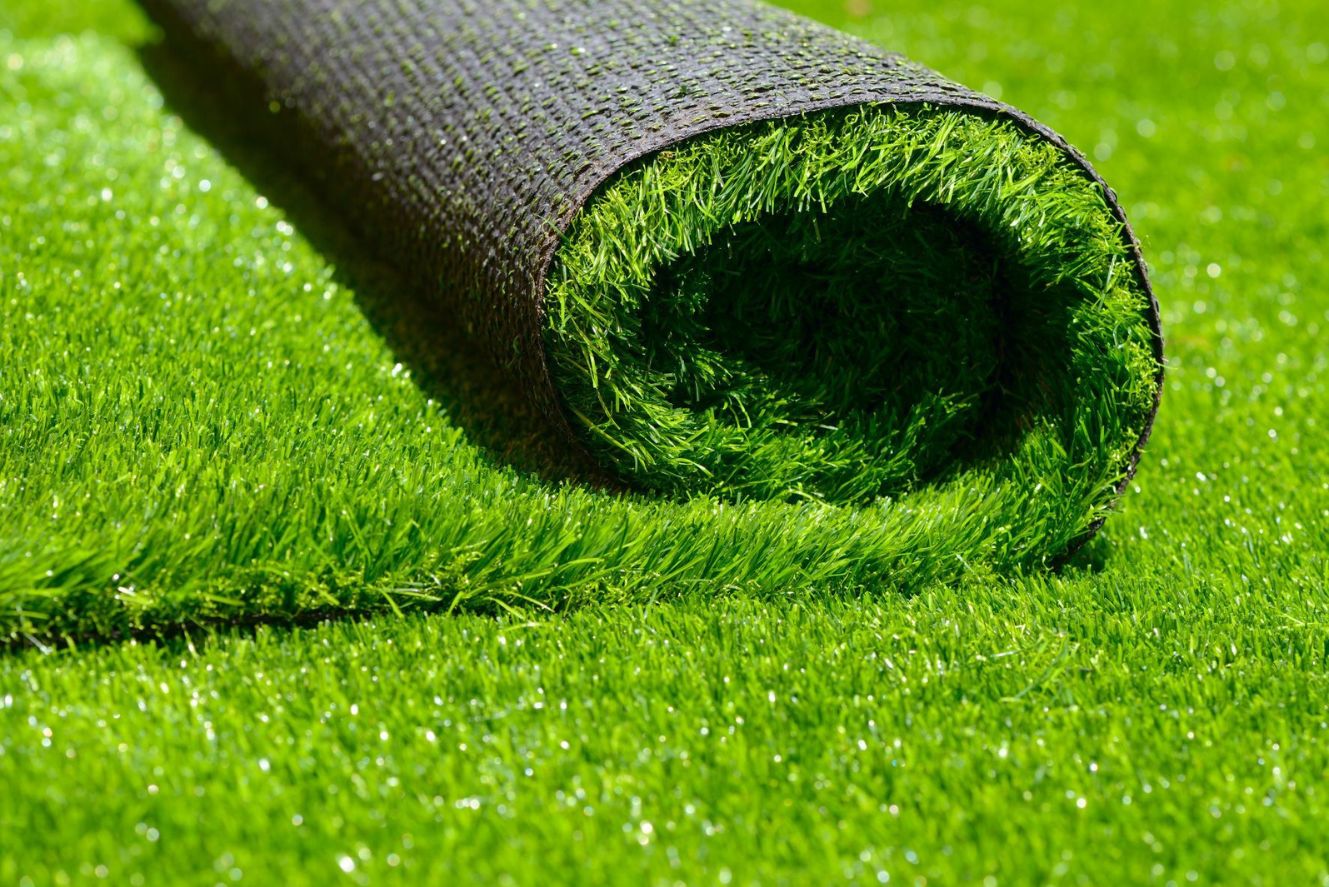

0 thoughts on “What Type Of Sand Is Used In Artificial Grass Infill”